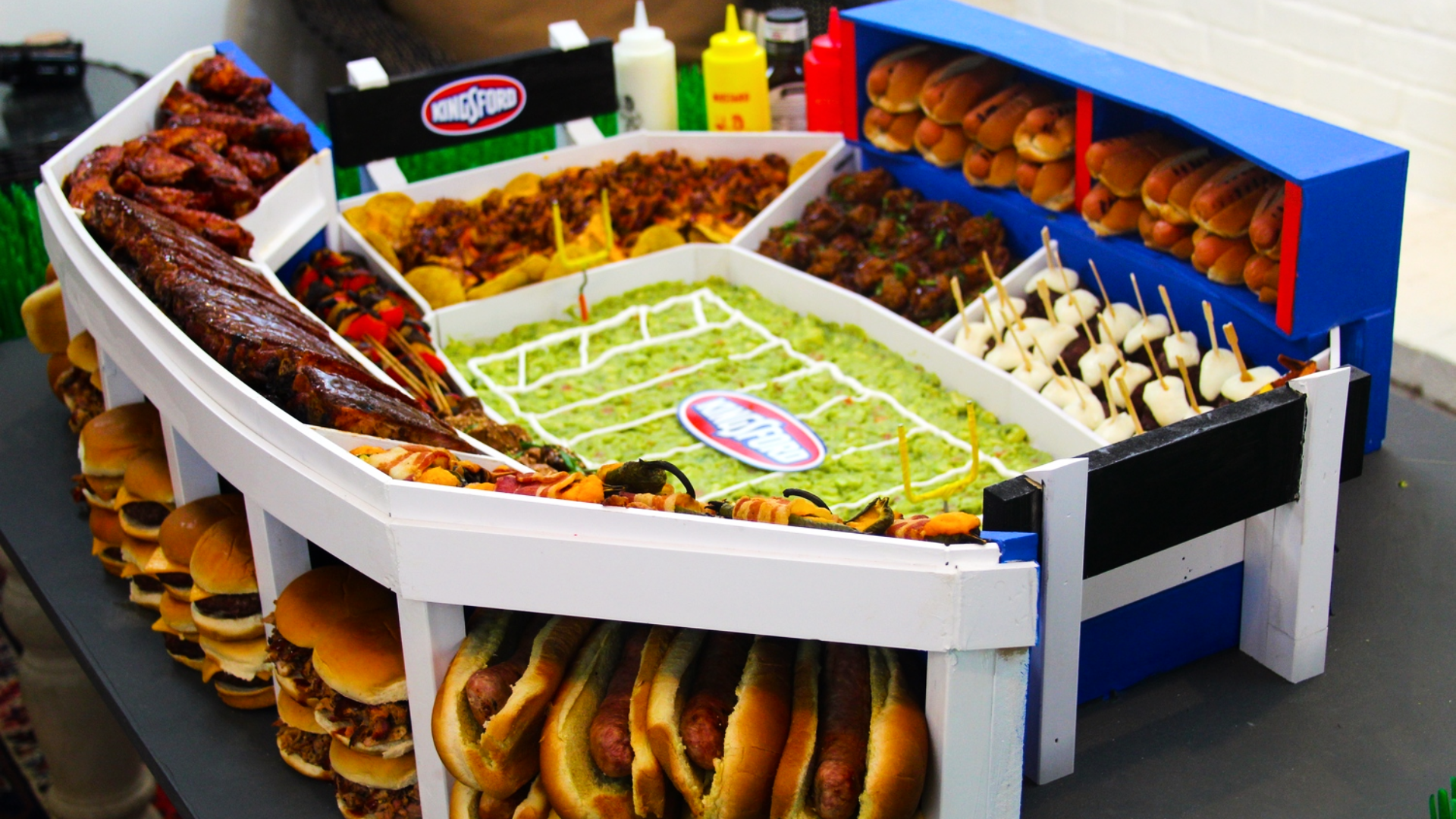The greasy snacks bought by some 15,000 Super Bowl attendees on Sunday will imminently be used to sustainably power commercial airplanes. Work that one out.
What was your highlight of the Super Bowl LVII on Sunday… Rihanna’s questionable yet spectacular halftime performance, perhaps Kansas City’s dramatic late comeback spearheaded by injury doubt Patrick Mahomes?
All close contenders, our standout moment resided in the stadium carpark where three 270-gallon vats filled with fat glistened in the Arizona sunlight. Come again?
In the hours leading up to the big match, some 15,000 ticket holders attended parties outside of the stadium while the anticipation bubbled away. As expected, the majority decided to set the mood with a belly full of suds and greasy comfort food.
In preparation for this influx of hyped NFL fans, a Finnish oil refiner called Neste decided to capitalise and turn a typically frivolous, wasteful day into one with an ecological upside.
Partnering 50 local food vendors in the area, the company ensured that all cooking oil used to fry countless burger patties, hotdogs, and chicken wings on the premises eventually ended up in three giant vats it had provided.
With the festivities now over, these gross fat baths will be imminently transported to Neste’s facilities and used as a primary ingredient to create sustainable aviation fuel. Yes, we’re really talking about commercial flight powered by chicken tenders.




















